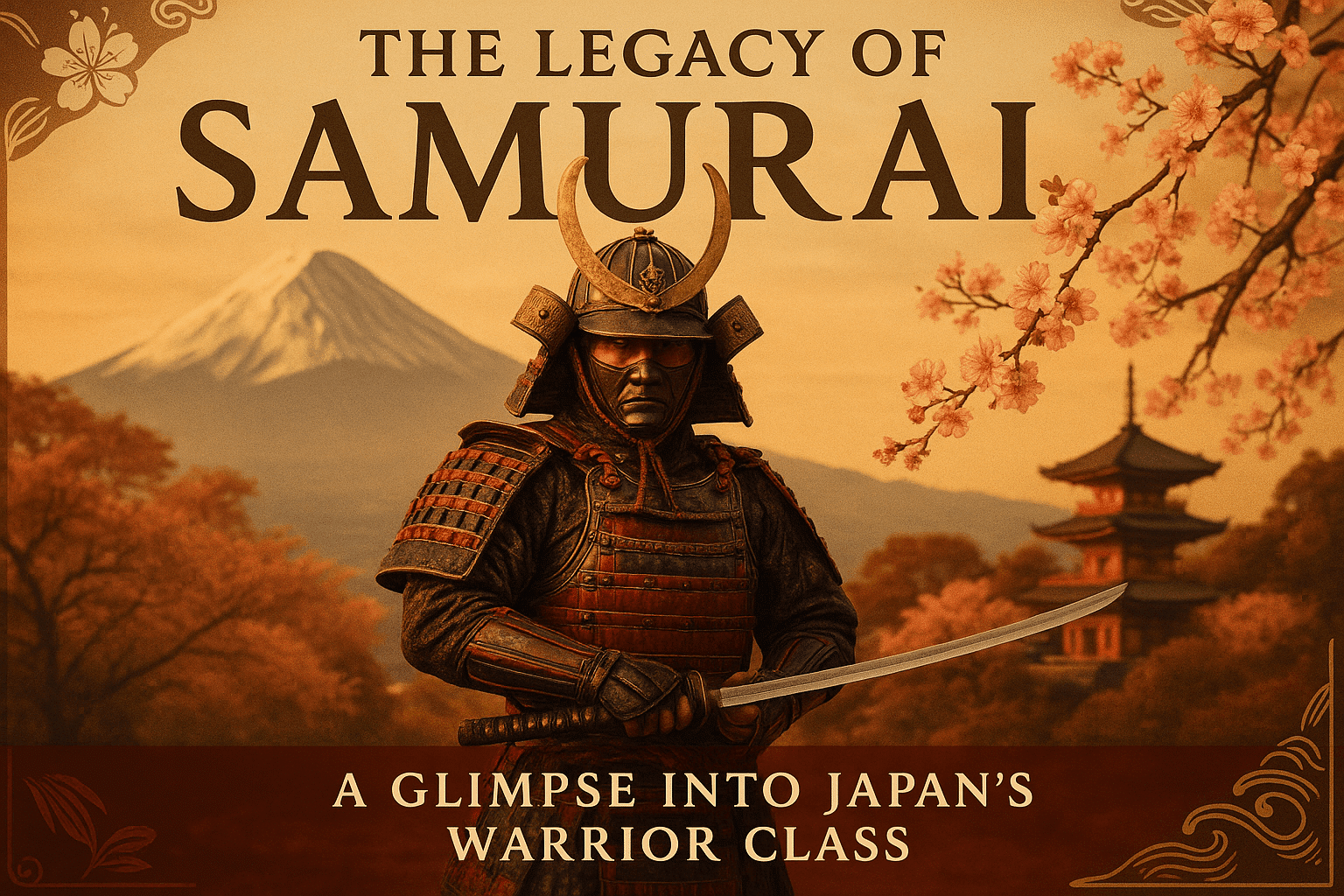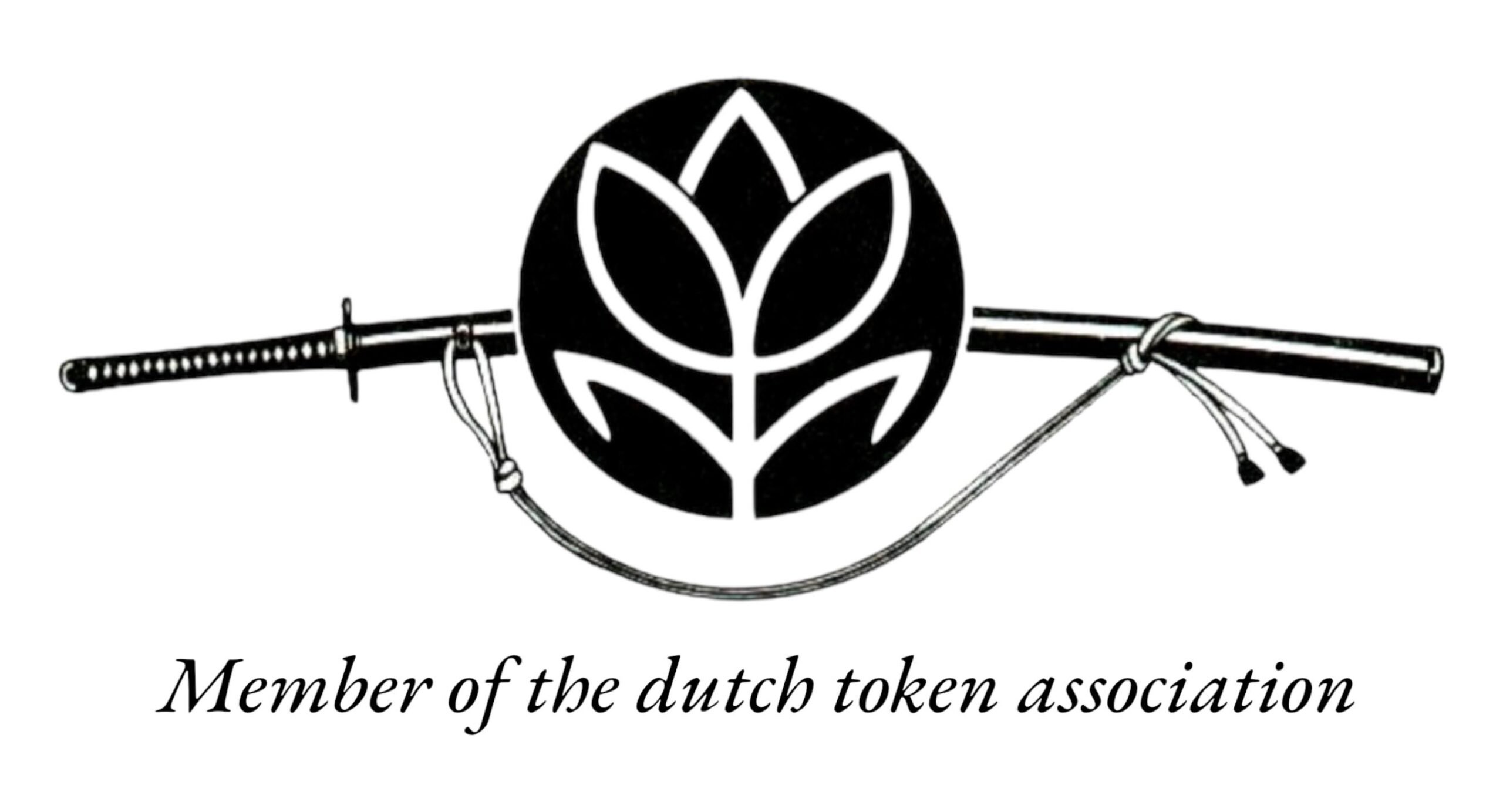Origins of the Samurai
The origins of the samurai trace back to Japan’s early feudal period, spanning roughly from the late 8th to the 12th centuries. During this era, regional warlords known as daimyo increasingly relied on private armies to defend their territories and assert their power. These mounted warriors—initially provincial landowners themselves—quickly emerged as a distinct military caste, entrusted with the responsibility of maintaining order and enforcing the rule of their lords in a fragmented and often turbulent land.
The formative years of the samurai align with the Heian period (794–1185), a time marked by the decline of imperial authority and the rise of influential clans such as the Minamoto and Taira. Rivalries between these powerful families led to a series of civil conflicts, climaxing in the Genpei War (1180–1185). The Minamoto clan’s victory in this pivotal struggle gave rise to the Kamakura shogunate, Japan’s first military government, and established the samurai as both rulers and warriors.
Their identity was shaped not only by political strife but also by spiritual and philosophical influences drawn from Shinto, Confucianism, and Buddhism. Central to the emerging samurai culture was bushidō—“the way of the warrior”—which would become the ethical foundation distinguishing the samurai as both fighters and moral exemplars.
Forged in the chaos of feudal warfare, the samurai’s reputation for loyalty, discipline, and martial prowess would echo for centuries, defining them as enduring symbols of order and honor in Japanese history.
Bushidō: The Way of the Warrior
At the core of the samurai ethos lies bushidō, or “The Way of the Warrior,” a code that extended beyond the art of combat to shape every aspect of a samurai’s existence. Bushidō imbued daily life with a sense of greater purpose, mandating the pursuit of virtues that elevated warriors into paragons of discipline and integrity.
Bushidō centers on seven principal virtues: rectitude, courage, benevolence, respect, honesty, honor, and loyalty. Above all, honor stood as the crowning ideal. For the samurai, personal reputation was inseparable from integrity; protecting it could be so important that ritual suicide, or seppuku, was seen as an ultimate act of moral courage to atone for failure or disgrace. Loyalty, especially to one’s lord or clan, was non-negotiable—even outweighing familial bonds or personal ambitions.
Discipline and self-control were essential components. Just as they honed their martial abilities, samurai cultivated emotional restraint and inner calm, expressing their discipline through daily rituals, meticulous maintenance of their weapons and armor, and meditative practices designed to foster clarity and resolve.
Though the feudal age has faded, the spirit of bushidō profoundly endures. Its influence can be seen in modern Japan—from refined martial arts to the nation’s business culture—standing as a testament to the enduring significance of character and moral principle in the face of adversity.
The Art of War and Weaponry
Few warrior classes have left as enduring a legacy in the arts of combat as the samurai. Central to their reputation was an unrivaled mastery of weaponry, strategy, and discipline, all honed through generations of conflict and refinement.
The katana, the samurai’s iconic sword, epitomized more than lethal capability—it symbolized the warrior’s very spirit. Each katana was a masterpiece, forged through a painstaking process of folding and tempering steel to achieve an ideal balance of sharpness, flexibility, and resilience. Its lightweight, curved design enabled swift, controlled strikes, aligning with the samurai preference for precision over brute strength.
But the katana was not alone. The samurai martial repertoire included the wakizashi (short sword), yumi (longbow), naginata (polearm), and yari (spear), each uniquely suited to the varied contexts of duels and battlefield engagements. Mastery required versatility; samurai often trained in multiple weapons, embodying an ideal of readiness and resourcefulness.
Their combat approach was equally sophisticated, drawing from kenjutsu (sword schools) and the guiding principles of bushidō. Tactics emphasized deliberate action, mental discipline, and anticipation—battles were measured by skill and honor, and unnecessary cruelty was spurned in favor of swift, decisive closure. For the samurai, warfare was not chaos, but an art form—governed by philosophy, honed through practice, and executed with unwavering discipline.
Loyalty and Feudal Japan
Loyalty formed the bedrock of the samurai’s identity, intricately entwined with the bushidō code that guided feudal Japan. Their unwavering devotion to lords and clan maintained a social structure based on reciprocal obligation, personal honor, and a profound sense of duty.
At the heart of this dynamic was the shogunate—the military government led by the shogun. Samurai swore steadfast allegiance to their daimyo in return for protection, land (often granted as stipends or fiefs), and status. This relationship was bound not by contracts, but by the honored principle of giri, or unbreakable obligation. Loyalty demanded the ultimate sacrifice: it was not unheard of for samurai to choose death over bringing dishonor to their lord or clan.
Periods of political unrest, such as the Sengoku era, subjected these bonds to frequent tests as alliances shifted and betrayals occurred. Even so, the ideal of unyielding loyalty survived, influencing governance and the shape of society well into more peaceful times under the Tokugawa shogunate, when many samurai transitioned to roles of administration and moral leadership.
These enduring loyalties were more than personal virtues—they were the essential threads that wove together the social fabric of feudal Japan, anchoring a society where duty and personal sacrifice held supreme importance.
The Fall and Transformation
The twilight of the samurai arrived with the dawn of the Meiji Restoration in 1868, a watershed moment that irrevocably altered Japan’s political and social landscape. The sweeping reforms of this era—abolishing feudal privileges, creating a national conscript army, and modernizing land ownership—dismantled the very foundations on which the samurai class had flourished for centuries.
As their unique status, stipends, and right to bear arms were eliminated, countless samurai faced an uncertain future. Yet rather than fading into obscurity, many drew on their education, discipline, and connections to reinvent themselves. Former samurai found new roles as statesmen, educators, entrepreneurs, and civil servants, contributing their values and skills to Japan’s modernization. Figures like Saigō Takamori embodied this transformative era, at once resisting change while embodying the spirit of adaptation.
Significantly, the principles that had defined them—honor, loyalty, self-discipline—survived the end of their military role. Instead, these timeless ideals flowed into the emerging structures of modern Japan, influencing business practices, governance, and social conduct. The decline of the samurai was, in truth, a dynamic transformation—preserving their spirit and infusing it into the heart of the nation’s identity.
The Samurai Spirit Today
Although centuries have passed since the samurai last ruled the fields of Japan, their values resonate as powerfully as ever in the nation’s character and culture. The code of bushidō—rooted in unwavering loyalty, disciplined self-mastery, and personal honor—subtly shapes the everyday ethos of modern Japan and finds echoes around the world.
In martial arts like kendo, judo, and aikido, practitioners seek to cultivate not just physical skill but also the inner virtues the samurai prized: self-discipline, humility, and respect. Beyond the dojo, the samurai mindset has influenced Japanese corporate culture, where dedication to group success and dignified perseverance are celebrated ideals. Today’s global leadership philosophies and self-improvement models are often inspired by the calm, principled demeanor of the stoic samurai.
Across Japan, festivals, historical reenactments, and a vibrant tradition of films and literature keep the stories and values of the samurai alive, bridging past and present. Whether in personal development, organizational conduct, or national identity, the collective memory of the samurai spirit endures—an enduring source of inspiration that continues to shape both Japanese society and the wider world.





